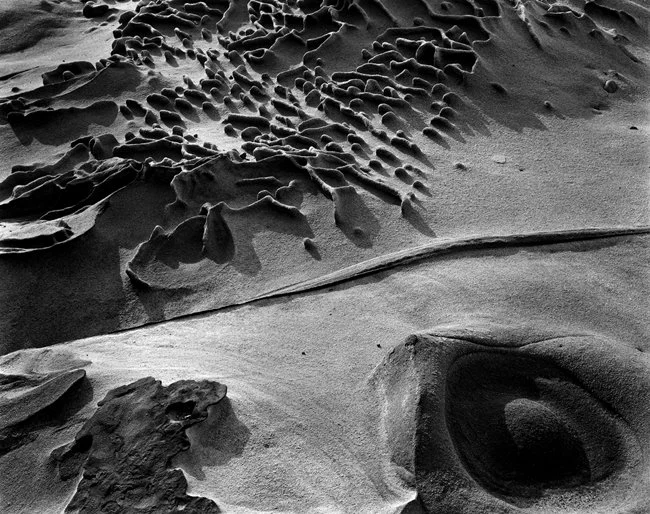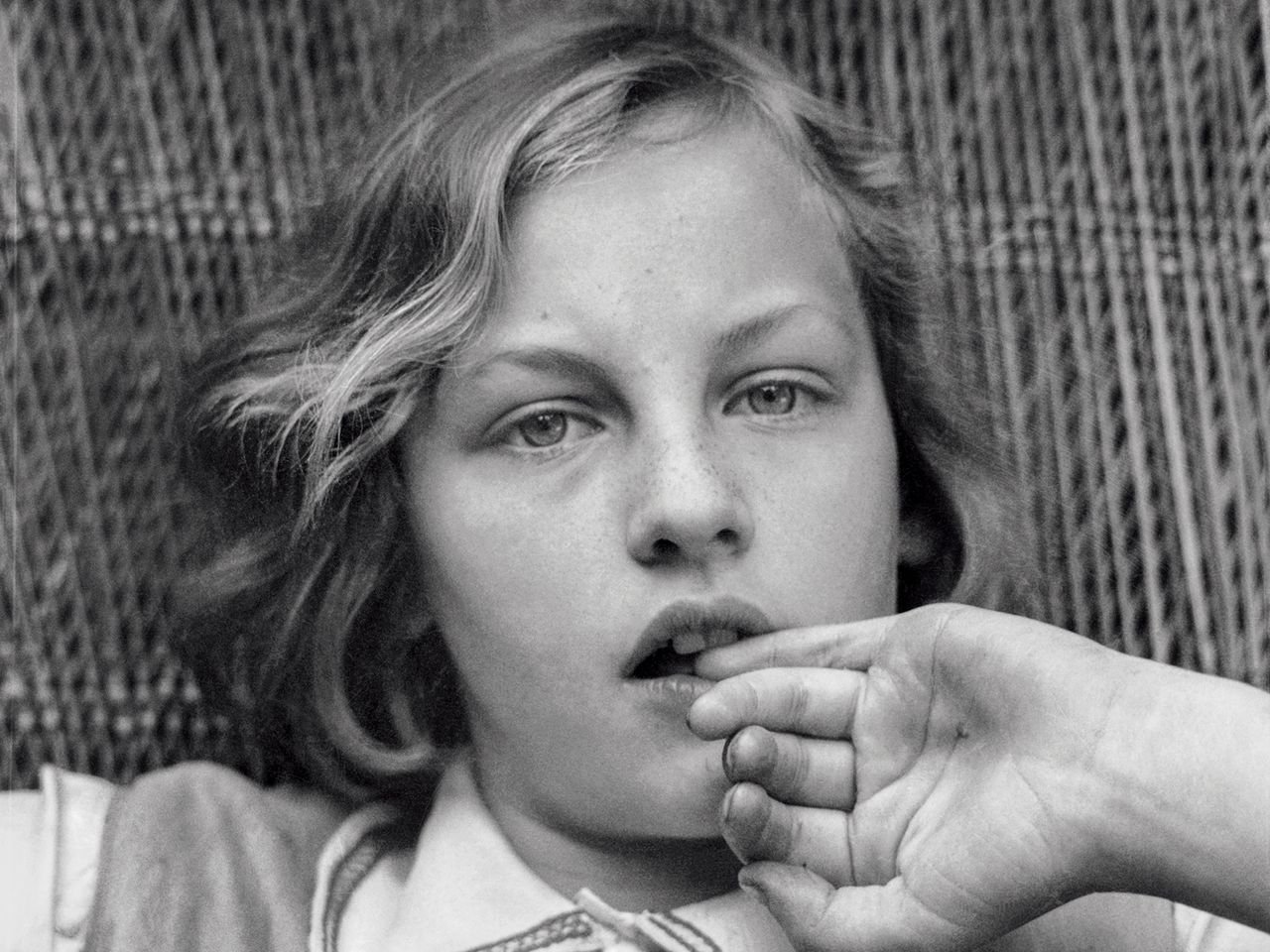The Origins of Black and White Photography
Black and white photography has been around since the early days of photography itself. The first photograph, taken by Joseph Nicéphore Niépce in 1826, was a black and white image of a view from his window.
In the decades that followed, pioneers of photography such as Louis Daguerre and William Henry Fox Talbot experimented with different techniques to produce black and white images. Daguerre's daguerreotype process, which was announced in 1839, produced highly detailed black and white images on a silver-plated copper sheet.
Talbot's calotype process, which he patented in 1841, used paper coated with silver iodide to produce a negative image that could be used to make multiple prints.
As photography continued to develop and evolve over the years, black and white photography remained a popular and widely used medium. Even with the introduction of color photography in the mid-20th century, black and white photography continued to be used by many photographers for its artistic and expressive qualities, and it remains a popular choice today.
Influential Black and White Photographers
Edward Weston
Edward Henry Weston was a 20th-century American photographer. He has been called "one of the most innovative and influential American photographers" and "one of the masters of 20th century photography."
Ansel Adams
Ansel Adams is known for his stunning black and white landscape photography, particularly of the American West. He was a pioneer of the Zone System, a photographic technique for determining optimal exposure and development. His work helped to establish photography as a legitimate art form.
Dorothea Lange
Dorothea Lange was a documentary photographer who is best known for her photographs of the Great Depression. Her work, which often depicted the struggles of the poor and disadvantaged, helped to raise awareness of social and political issues.
Henri Cartier-Bresson
Henri Cartier-Bresson was a French photographer who is considered to be the father of modern photojournalism. He was known for his candid, black and white photographs of everyday life, and for his use of the "decisive moment" - capturing a fleeting moment that reveals a deeper truth about the subject.
Robert Frank
Robert Frank was a Swiss photographer who is best known for his book "The Americans," which featured his black and white photographs of American life in the 1950s. His work was controversial at the time, but has since become recognized as an important milestone in the history of documentary photography.
Diane Arbus
Diane Arbus was an American photographer who is known for her portraits of people on the fringes of society, such as dwarfs, giants, and transgender people. Her work was often unsettling and challenged traditional notions of beauty and normalcy.







